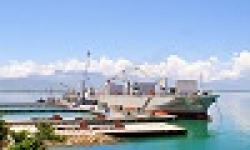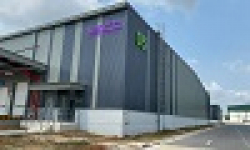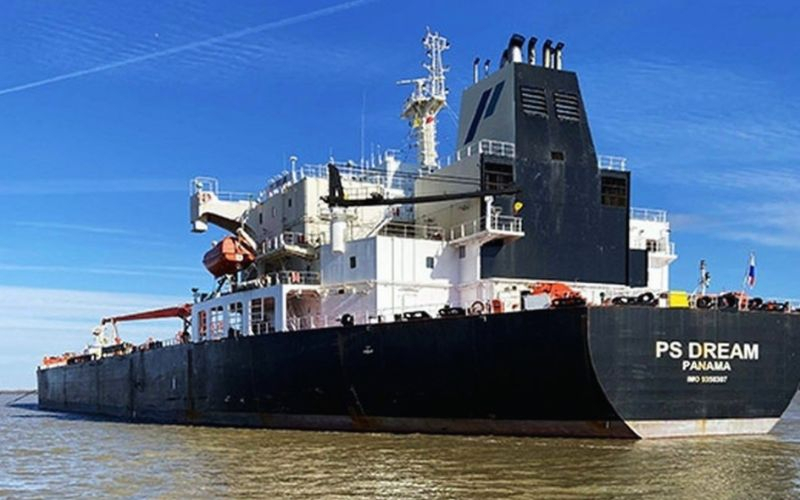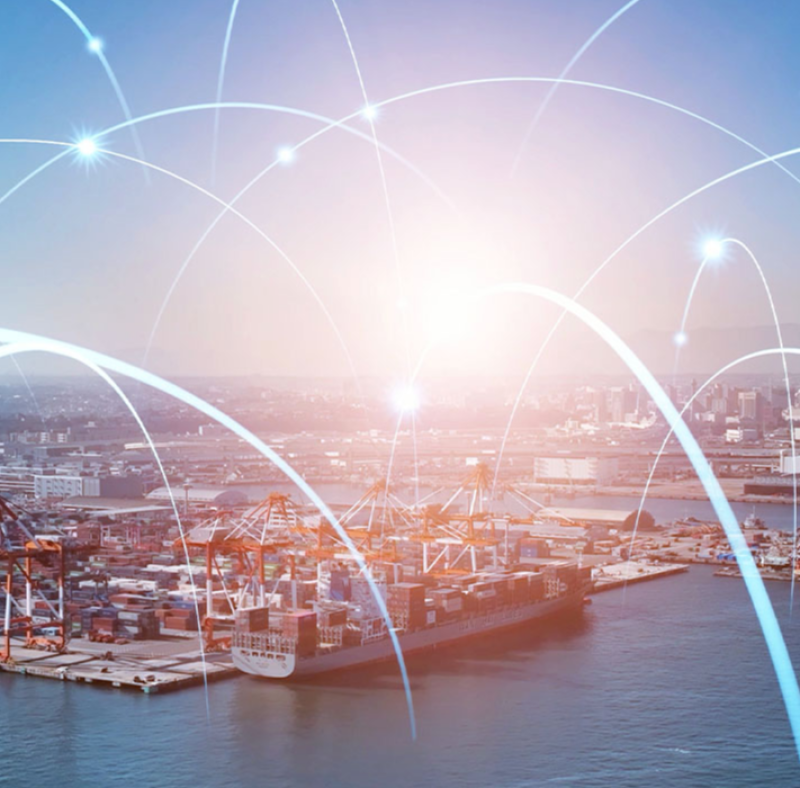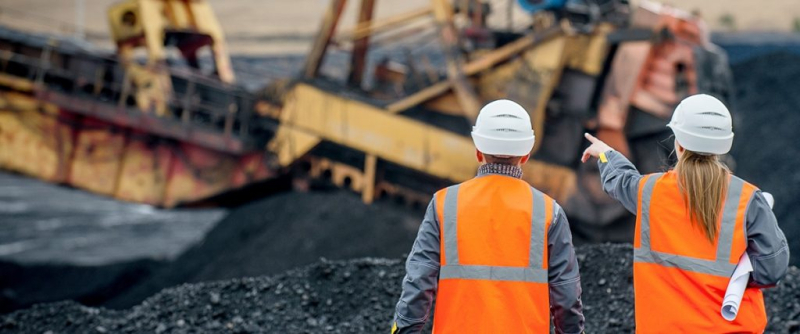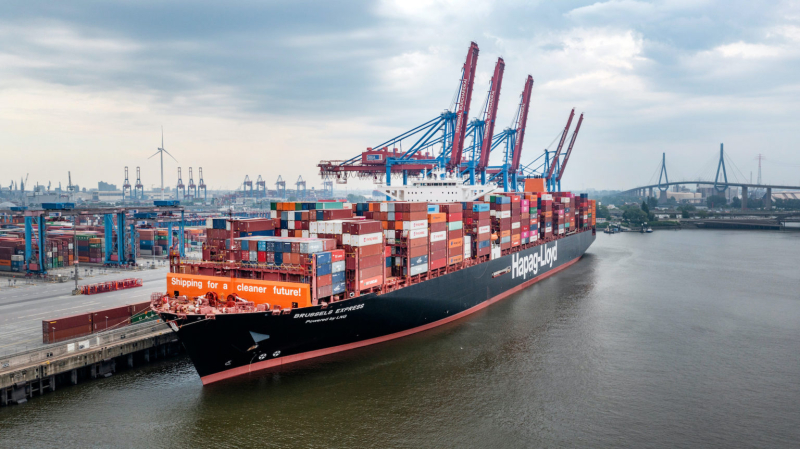The Asia-Pacific (APAC) region is on track to take the lead in the CO2 shipping market, requiring almost 80 specialist vessels for interregional shipping in 2055, energy consultancy Xodus found in a new carbon capture, utilization, and storage (CCUS) report.
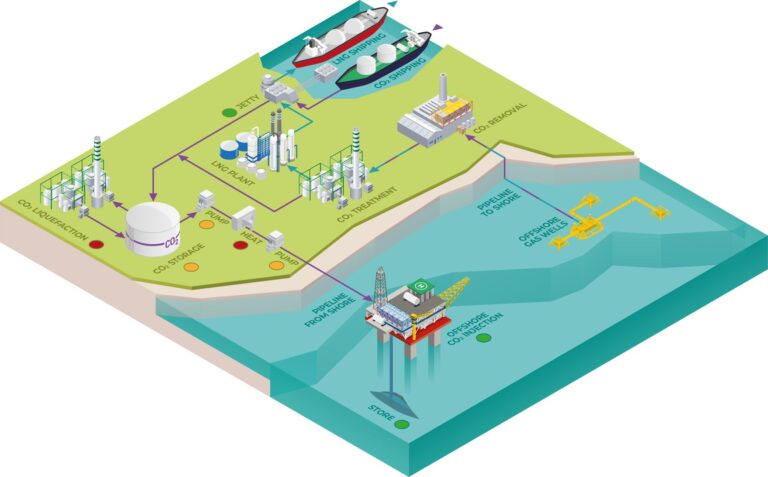
Courtesy of Xodus
According to the ‘Forecasting the APAC CCUS Infrastructure’ report, produced in partnership with Subsea7, APAC’s CO2 sequestration needs could require over 90 storage sites, around 8,000 kilometers of pipelines, and nearly 80 specialist vessels.
Due to vast distances between emitters and storage sites, the APAC region is on track to become the world’s largest CO2 shipping market, Xodus reported, spotlighting Japan and Korea as the expected leaders of CCUS demand in the region.
The report estimates that, while currently lacking significant oil and gas production, the requirement for storage in Japan and Korea could necessitate an offshore industry similar in scale to the gas infrastructure currently operational in north-west Australia.
The findings also show that CCUS projects linked to LNG assets could reduce costs by 10 to 15%, the equivalent of shortening shipping distances by over 3,000 kilometers, helping to bridge the initial gap between emitters and stores.
Simon Allison, Vice President APAC, Xodus, highlighted CCUS as “one of the most effective and immediate solutions to reduce greenhouse gas emissions”, particularly from hard-to-abate sectors such as cement, steel and fossil fuel power generation.
“While APAC currently trails areas like the North Sea in terms of deploying commercial-scale CCUS to serve industrial emitters, its large emissions footprint and operational experience in CO2 re-injection positions it to become a global hub for CCUS development in the decades ahead,” Simon concluded.
Whereas in Europe most CCUS projects rely on nearby emitters mainly served through pipelines, Xodus’ report notes that APAC will initially depend on international emitters and long-distance shipping, with local emitters providing a small portion of the demand.
While early offshore transport and storage costs are high due to the vast distances involved, the energy consultancy expects them to fall as local stores near to demand centres are developed and new market entrants cause tariffs to drop.
APAC’s high density of industrial and power emissions is also expected to keep capture and onshore collection costs low, making CCUS highly competitive in the longer term, Xodus explained.
Taking the current outlook into account, the report states that almost 80 vessels for interregional CO2 shipping will be needed in 2055, which is the equivalent of 20% of Asia’s current LNG fleet.
When using tonnage as a comparison, the study finds that building six CO2 carriers per year over 15 years is eminently achievable.
Olivier Mette, Global Advisory Director at Xodus, remarked that China and India are expected to focus on domestic storage solutions while many APAC nations face vast distances, sometimes over 5,000 kilometers, between CO2 emitters and suitable offshore storage sites.
“This mismatch is a defining feature of the region’s CCUS landscape. Our analysis, backed by regionally adjusted cost assumptions and a robust, bottom-up methodology reviewed by leading industry bodies, demonstrates that while early projects will face high transport costs, these are expected to fall significantly as infrastructure scales and more emitters enter the market,“ Olivier said.
“International collaboration, shipping infrastructure and regulatory alignment will be critical to unlocking APAC’s potential to become a world leader in cost-effective, large-scale CCUS deployment.”



